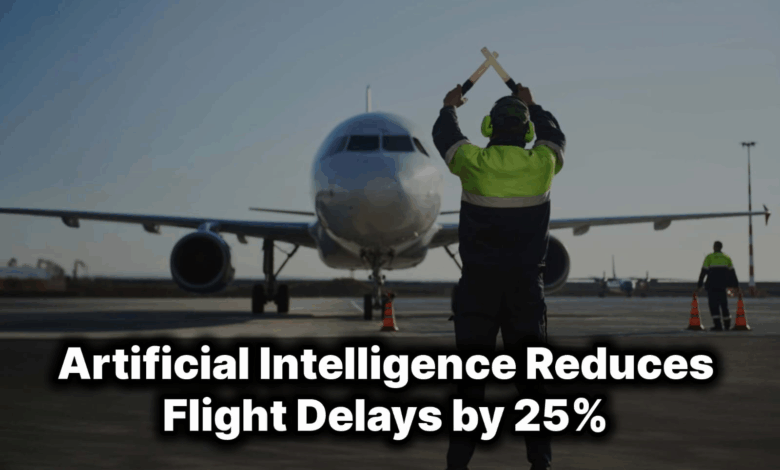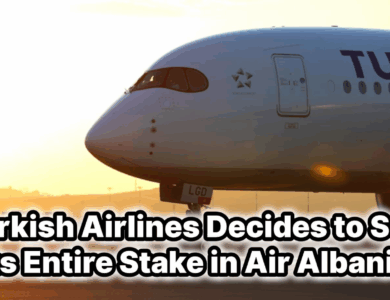Artificial Intelligence Reduces Flight Delays by 25%

According to the Assaia Turnaround Report 2025, the use of artificial intelligence in ground-handling operations has significantly improved operational efficiency at airports across Europe and North America.
Between April 2024 and March 2025, more than 450,000 turnaround cycles were analyzed at 15 airports. The median delay dropped by 25%, from 4 minutes to 3 minutes. Despite record-high traffic levels, the average delay remained stable at 11 minutes, while gate utilization efficiency increased by 5%, enabling airports to operate one additional daily departure for every 20 gates.
Turnaround procedures include tasks such as docking the passenger bridge, unloading passengers and baggage, performing technical checks when necessary, refueling, waste removal, cabin cleaning, catering loading, and boarding new passengers. For narrow-body aircraft, the average time spent on the ground was 78 minutes, with each gate handling an average of 4.75 flights per day.
At mid-sized airports, an 11-minute reduction in turnaround time created an additional 44 minutes of daily gate capacity. Financially, European airports achieved savings of up to 600 USD per flight, with large hubs surpassing 7 million USD in annual gains.
In North America, reducing delays by a single minute generates approximately 100 USD in savings per flight. The ApronAI platform analyzes every stage of apron activity using cameras and sensors, predicting potential delays and alerting teams in advance.
Assaia estimates that by 2035, optimized turnaround processes could contribute up to 900 million USD in additional value for airlines and 500 million USD for airports. CEO Christian Hen states that AI is shifting operations from a reactive approach to a predictive, optimized model.



